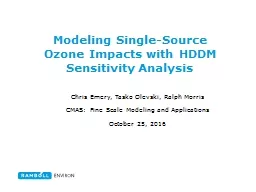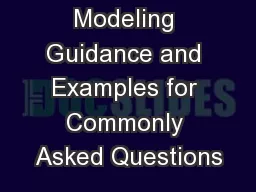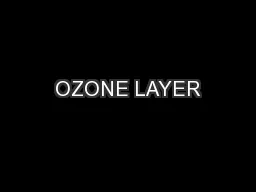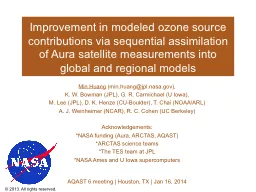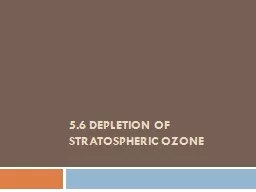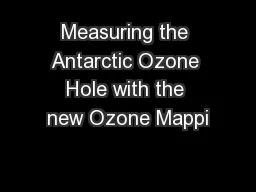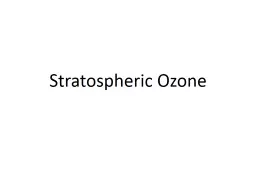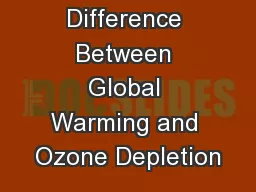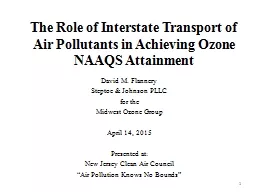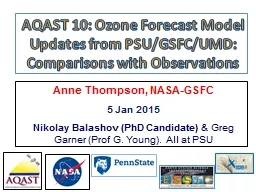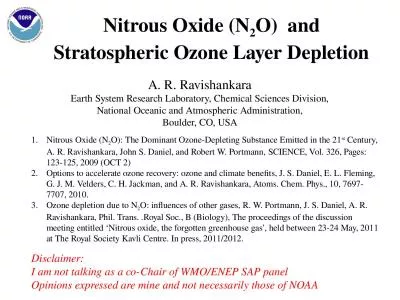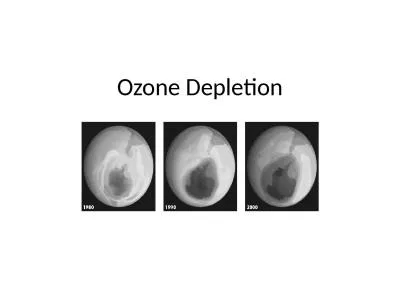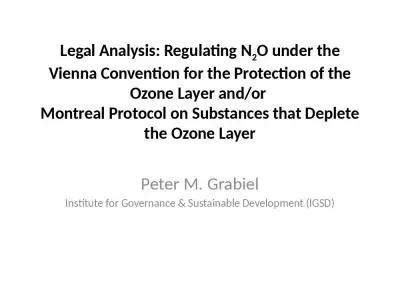PPT-Modeling Single-Source Ozone Impacts
Author : marina-yarberry | Published Date : 2018-10-22
with HDDM Sensitivity Analysis Chris Emery Tasko Olevski Ralph Morris CMAS Fine Scale Modeling and Applications October 25 2016 Investigate ozone sensitivity
Presentation Embed Code
Download Presentation
Download Presentation The PPT/PDF document "Modeling Single-Source Ozone Impacts" is the property of its rightful owner. Permission is granted to download and print the materials on this website for personal, non-commercial use only, and to display it on your personal computer provided you do not modify the materials and that you retain all copyright notices contained in the materials. By downloading content from our website, you accept the terms of this agreement.
Modeling Single-Source Ozone Impacts: Transcript
Download Rules Of Document
"Modeling Single-Source Ozone Impacts"The content belongs to its owner. You may download and print it for personal use, without modification, and keep all copyright notices. By downloading, you agree to these terms.
Related Documents

